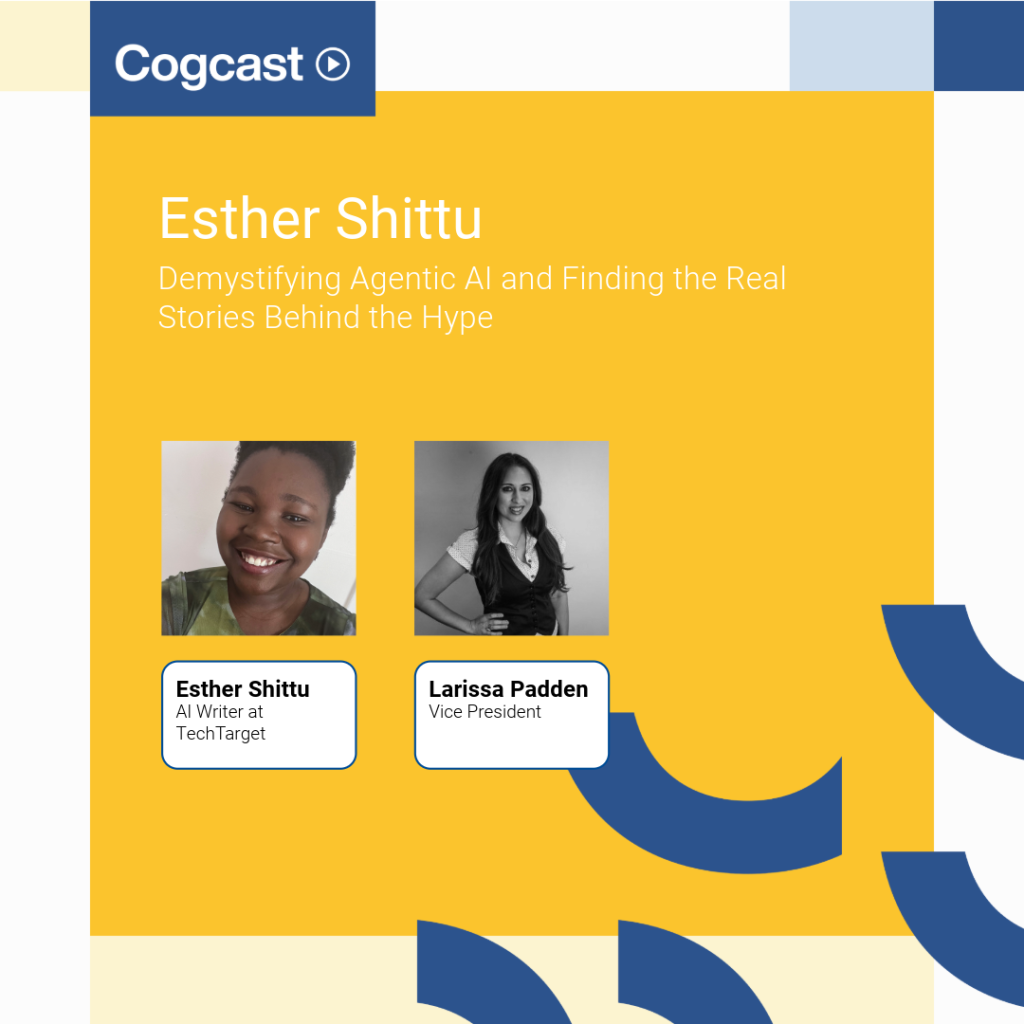Klarna filed for its IPO on the NYSE 12 days ago. The 430-page F-1 (not an S-1 because it’s a foreign company) shows a 24% rise in revenue and provides plenty of other new information.
The media response has been fascinating, telling us much about the state of fintech and the media world following the sector.
When it comes to big media, we can really see that for companies of Klarna’s size (ie not a GM or BofA), the concept of a specific beat reporter is now outdated, as papers like the WSJ and FT seek thematic rather than company-specific coverage. And the geography of bureaux plays a role.
The WSJ has principally reported out of Stockholm (Klarna is of Swedish origin), along with a piece on its Walmart partnership. Bloomberg has been straight reporting out of both London (where Klarna is domiciled) and NY, with its IPO/SPAC expert jumping in. FT reporting has been rather sparse (it is down at least one banking/payments reporter in NY), but Nicholas Megaw in Lex was considered about the challenging climate for Klarna.
Payments Substackers to the fore
The pieces by major media, typically a few hundred words long, are dwarfed in depth by reporting/analysis by payments commentators, principally on Substack, with articles running to several thousand words. There have been about 20 posts on Klarna, with a handful of real influence, and several quite feisty both in analysis of Klarna and in critique of mainstream media reporting. I’d highlight Marc Rubenstein (Net Interest, 92k followers); Alex Johnson (Fintech Takes, 41k); and Jason Mikula (Fintech Business Weekly, 82k).
Mikula postulated that Klarna CEO Siemiatkowski’s recent pro-crypto tweet was designed to stoke media coverage rather than anything substantive, as the prospectus didn’t mention crypto at all (but AI 200 times). He also critiqued reporting on the “exclusive” partnership with Walmart, as the scope was purely for instalment loans, but several outlets (CNBC, TechCrunch, PYMNTS, Finovate) reported the news as Klarna becoming Walmart’s exclusive BNPL provider (rather than OnePay’s exclusive provider of 3-36 month loans). Affirm filed an 8-K in response to make it clear was still partnering with Walmart on pay-over-time products.
Rubenstein’s effort has some great valuation charts, in particular replaying how Klarna hit the right moment in the US credit landscape. Some of the Substack payments commentators have been covering Klarna actively for several years – longer than many of the media reporters – and they have often pulled out previous statements by Klarna to reexamine.
Less established Substackers are often former equity analysts or consultants trying to build a following, generally in their post-big-company years. These generally use their LinkedIn networks to drive traffic to their Substack. Rohit Mittal (an ex fintech founder) provided a forensic analysis of Klarna valuation, with another super piece from veteran equity analyst Rupak Ghose. Reddit threads, in contrast, are mainly just stock hype.
Other serious reporting includes Martin Peers at The Information, who says Klarna is essentially a marketing company and highlights that its heavy job cuts and swing into AI have not actually saved all that much money. At Sifted – Europe’s startup bible – Tom Matsuda and Mimi Billing have written a lot over the years: notable in their recent piece are citations from several external commentators with some degree of scepticism. American Banker (John Adams) was more macro: “Klarna’s IPO faces test in market roiled by Trump’s tariffs”.
No less than 15 banks are involved in the underwriting. Sure, there will be equity analysis from other analysts, but a fair bit of the Street is parti pris.
What is being said about Klarna?
The media reception has been mixed. How much this matters to investors ultimately is hard to know. Klarna is an easy company to critique, and the prospectus contains some ammunition. One quote from Founder/CEO Sebastian Siemiatkowski says: “It’s no surprise skeptics are coming after us. We are challenging one of the largest profit pools ever created by humanity – the profit pools of the world’s biggest banks.”
There’s a lot of focus on the “Klarna PR machine”. To some extent, reporters and analysts are naturally sceptical of companies with strong marketing and communications. Mikula overstates his case in saying: “Why is Klarna and its CEO working overtime to drive a positive narrative?”. As Willie Sutton said (when asked why he robbed banks): “because that’s where the money is”.
Some columns also concentrate on the shifting business model. For Alex Johnson “it defies simple classification”, while Marc Rubinstein, at Net Interest asks “Is it a Bank? Is it a Payments Network? Is it an Ad Company?” This agility can have advantages in terms of pivoting fast (as it did in its US growth from merchants to consumers), but it can suggest a flying-by-the-seat style. The prospectus includes a fair bit of wording like the following: “We are a technology company building the next-generation commerce network”; “We are a licensed bank”; “We have built a highly differentiated advertising solution.”
Some of the sharpest commentary reminds us that Klarna is ultimately a credit business, with Rubenstein saying: “Klarna is, at its core, a credit business where revenues can be easily grown by offering underpriced credit. It’s one of the reasons I hesitate to applaud revenue growth at a company like Klarna”. While Klarna’s credit loss record is good, he points out that its historically limited relationship with the credit bureaux doesn’t give it the best visibility on customers’ ability to service loans (though since fall 2024, Klarna is now sharing term loan data with the bureaux). Credit also leads into comparisons with publicly traded Affirm. It is a similar (though smaller) business with a somewhat different business model, but some commentators argue a higher quality one, with a “take rate” on its GMV (gross merchandise volume), roughly four times Klarna’s.
An underplayed aspect – despite rapid (and costly) growth in America, the US is still only 24% of GMV compared with 31% for Germany, 12% for Sweden and 11% for the UK. A subset of the coverage out of Europe speculates on the likelihood of other European IPOs, with Monzo, Starling, Zilch, Ebury, Revolut and Zopa mentioned.
The DoorDash partnership has generated much publicity, most of it negative around the “eat now, pay later” shtick. Your DoorDash delivery, btw, needs to be at least $35 before you can pay for it in four equal instalments, with a DoorDash spokesperson rather bravely explaining that its customers need a wide variety of credit options. The news did trigger The New York Times, having ignored Klarna for years, to write a balanced piece on Klarna-DoorDash. Perhaps more tellingly, the great Liz Hoffman (ex WSJ) at Semafor quipped: “When the economy finally cracks, we’ll look back on “installment loans for food delivery aligned with payday schedules” as the moment we should have known better”.
What does this media reception mean?
Financial media is larger, but more fragmented and thinly spread than ever, which means careful planning and flexibility, however much work you’ve done in the run up. You can’t be certain who will cover your story and what context they will have. Major media resources are not infinite.
Payments Substackers are increasingly influential, even if it’s hard to measure exactly how this loops back to either major media or investors. The tens of thousands of subscribers to these substacks are not all private individuals with an unhealthy interest in payments tech. We certainly could do with more audience demographics on these substacks, though there is often evidence of meaningful advertising/sponsorship. Substackers also typically have a confidence in their own expertise, and thus cite third party sources less than traditional trade media. Influencing their thinking is perhaps still an infant science, and takes time and authenticity.
While Klarna is growing fast in the US with huge potential, it’s only 24% of its revenues. If the IPO flies, this won’t matter. If something goes wrong, the European skew will be dragged out as an excuse. The European fintech world seems at present more excited than the US, because of the potential for future IPOs, but this counts for little.
Most important, as Klarna has found, message control is not easy in a high profile, dynamic situation. A long prospectus with a big, complex story gives room for multiple storylines and interpretations. Quite possibly most of what has been written so far won’t affect how the IPO will go, as supply and demand and the macro market environment matter more than anything. But a lesson is that having both discipline and agility in your comms playbook is crucial as the financial world crawls over your business.
Other than perhaps DoorDash, it’s not clear Klarna has had many missteps so far, and the ebullient CEO has been fairly disciplined – but the company is living with the sum total of its expansive comms over the last year or two. As substacker Alex Johnson commented: “the process of becoming a public company is, primarily, a storytelling exercise”.
The jury for Klarna is certainly still out. We will know by mid-April.
Andrew Marshall is the managing director of Cognito Americas and the vice chairman of Cognito






